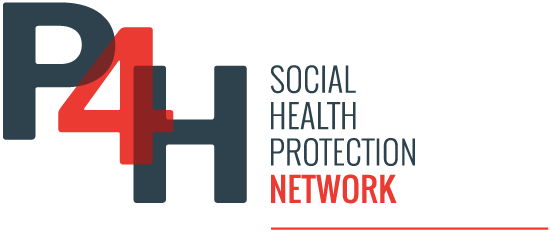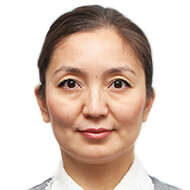State funding for oncology drugs has risen from €57M in 2022 to over €74M in 2024, benefiting 18,000 patients. Minister of Health Khosam Abu Meri prioritizes drug accessibility, with a new action plan increasing compensation and expanding individual reimbursement options this year.
Over the past three years, Latvia’s state funding for reimbursed medicines for oncology patients has grown significantly—from €57 million in 2022 to more than €74 million in 2024. As a result, more than 18,000 oncology patients have already received reimbursed medications this year. However, despite the funding increase, it remains insufficient to fully meet patient needs and ease restrictive reimbursement conditions.
Latvia provides reimbursable medicines based on an approved list and patient diagnosis. If a diagnosis or specific medicine is not included, individual compensation can be granted. In 2023, 908 patients received medicines through this system, and in the first half of 2024, 839 patients have already benefited. Last year, €2.8 million was allocated for individual compensation.
Still, state funding constraints limit access to prescribed treatments. The 2024 budget for reimbursed medicines is €284.5 million, yet the estimated shortfall by year-end will reach €31 million. To expand coverage, add new medications, and improve the system, an additional €150 million—more than a 50% budget increase—would be required.
One example of restricted reimbursement is the oncology drug Lynparza (Olaparibum), used to treat breast, ovarian, pancreatic, and prostate cancer. In Latvia, the state only reimburses it for specific breast and ovarian cancer patients, while in neighboring Estonia and Lithuania, the coverage varies.
“Improving access to medicines is my priority,” says Minister of Health Hossam Abu Meri. “This year, we have increased compensation amounts and expanded individual reimbursement eligibility. We are also prioritizing a budget increase for 2025, reviewing current reimbursement policies, and engaging with patient organizations.”
So far in 2024, seven new medicines have been added to the reimbursable list, and coverage has been expanded for six additional diagnoses. While new, innovative medicines are costly, the National Health Service continues to work toward maximizing patient access within available funds. However, to truly meet patient needs, further investment and systemic improvements are essential.
Full article could be found here.




